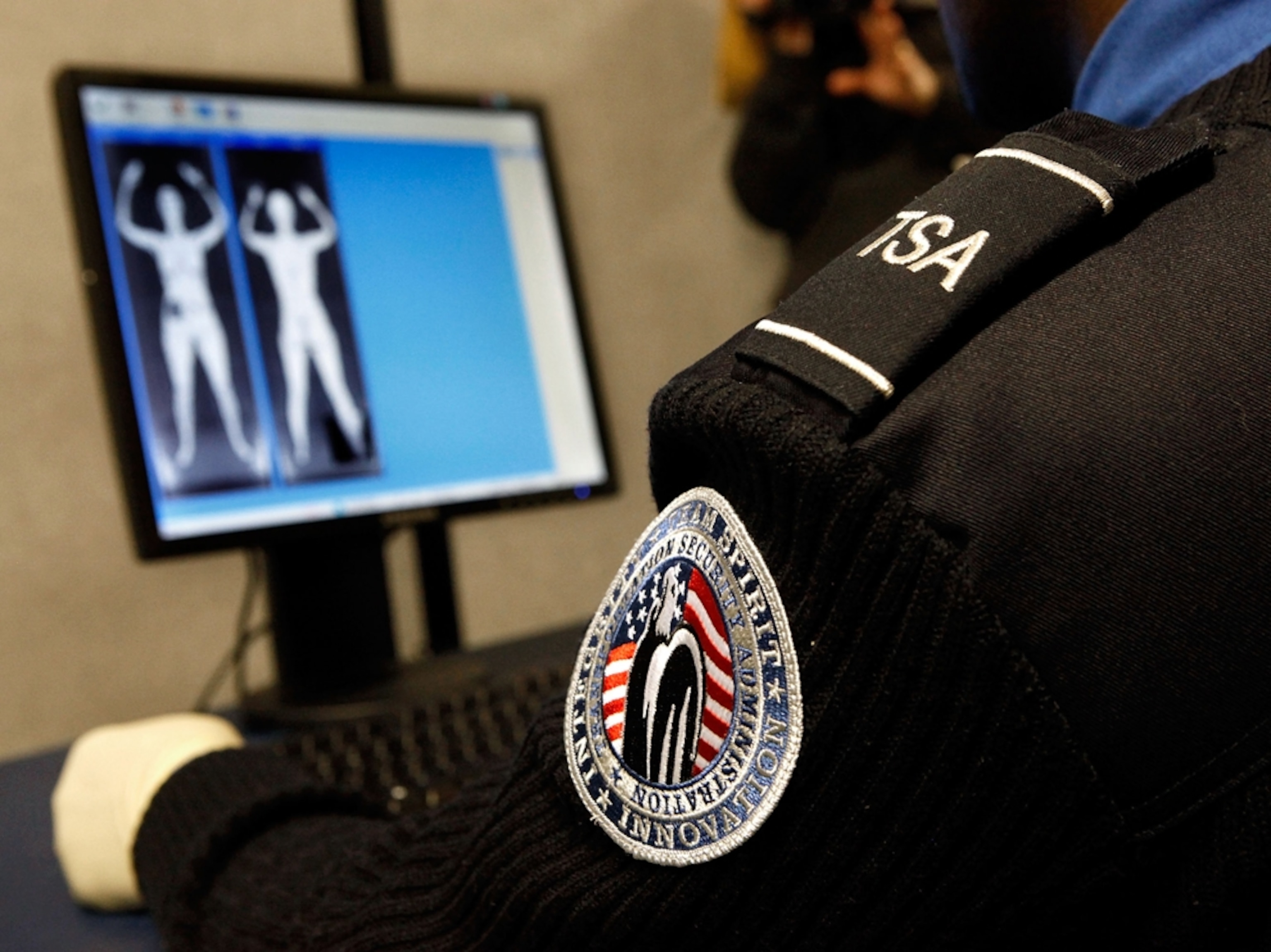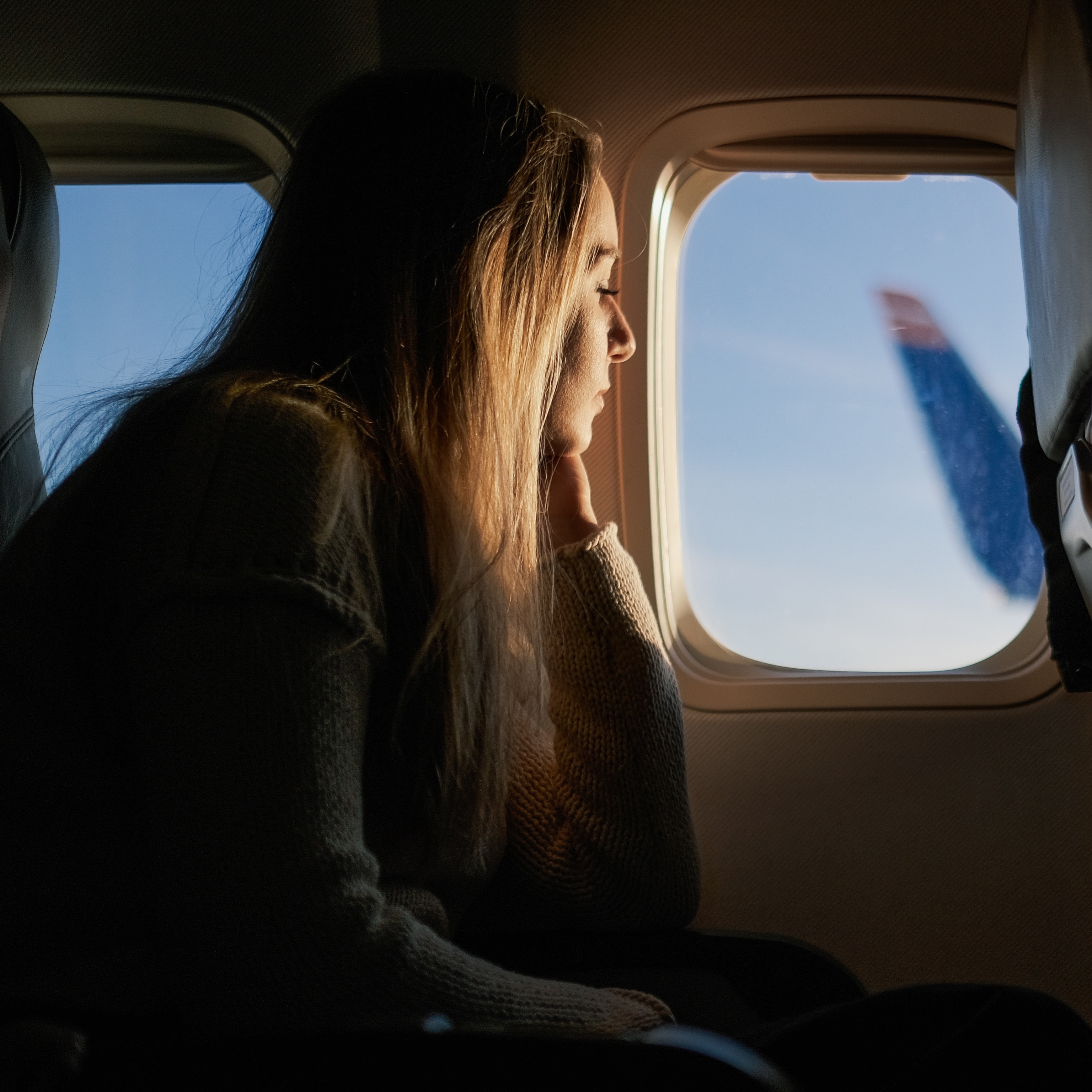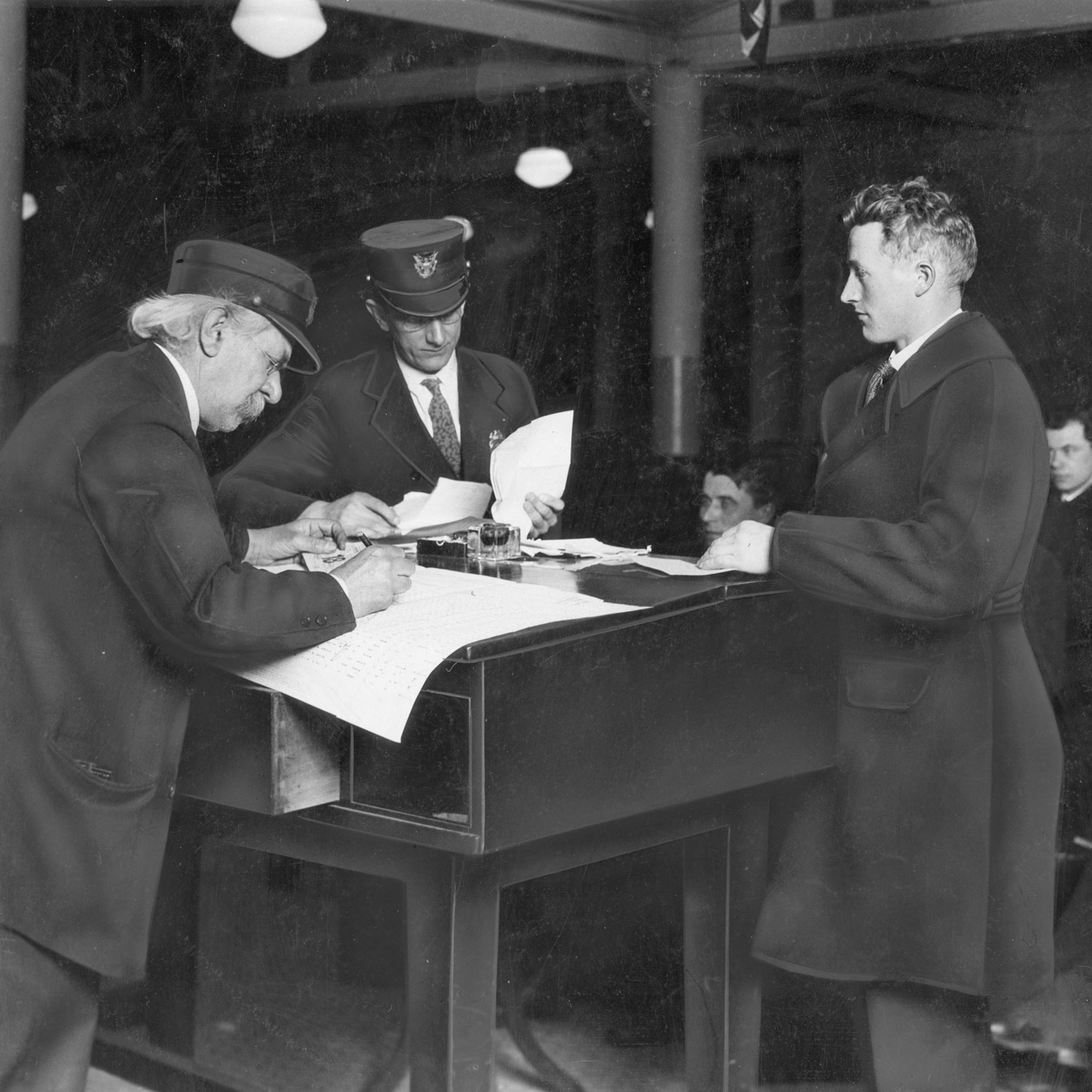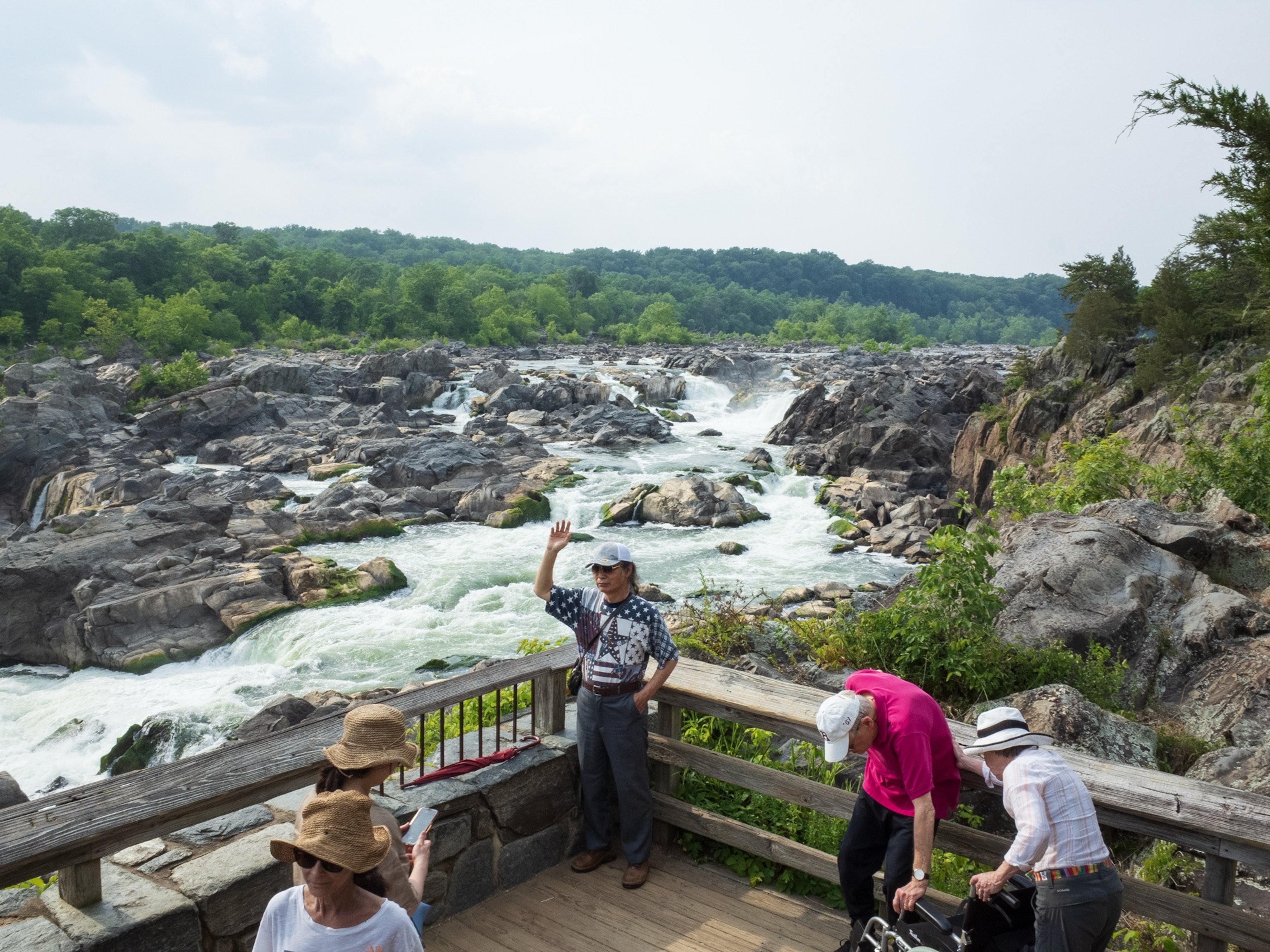
Airport Security 2.0
The Insider
From the May/June 2010 issue of National Geographic Traveler
What the TSA needs to do to protect air travelers. And what we can do to help.
Now playing at an airport near you: Stern-faced agents. Snaking lines. Screeching magnetometers. Put them together, and it makes for compelling theater. But just how safe are we, really?
Almost a decade after 9/11—years of liquid bans, problem underwire bras, no-fly lists, armed air marshals, and reinforced cockpit doors—the state of airline security is mixed. On the one hand, there's been no 9/11 sequel; on the other, air travel is forever changed, and not necessarily for the better. Civil liberties and privacy have been eroded and air travel has become such a hassle that many travelers have grounded themselves. According to the U.S. Travel Association, 84 percent of travelers compared the security process with their not always efficient motor vehicle departments.
The United States last year funded the Transportation Security Administration (TSA), a federal agency responsible for protecting the nation's transportation infrastructure—all of it, not just air travel—to the tune of nearly $8 billion. The TSA spent most of the money on aviation security, with about $4 billion going to screening operations, close to $3 billion to salaries and compensation, and the balance for training and new technology. The agency allocated only $84 million for non-aviation security, although it had access to another half a billion dollars in grants from the Federal Emergency Management Agency for that purpose.
The TSA likes its tech toys. The shiniest new one is the full-body scanner, also known by its street name, the strip-search machine—because it reveals your body's contours to officers (located apart from the checkpoint to ensure some privacy). About 150 new devices were ordered last year for $25 million as part of the President's stimulus package. The agency plans to deploy 450 units this year, each one costing between $130,000 and $170,000. In late 2009, after the so-called Christmas Day underwear bomber smuggled explosives through security, the government called for more of these controversial devices. The funding has been approved.
While the U.S. favors technology and policy protocols, Israel, perhaps the planet's most security-conscious country, focuses on trained staff and intelligence gathering designed to detect suspicious behavior. Before boarding a flight, passengers submit to a lengthy, non-rote question-and-answer session with a security agent plus a thorough search of all their personal belongings. Israeli security dispenses with many of the shoe removals, water bottle confiscations, and intimidating machines that are a staple at U.S. airports.
We spend money on technology and theater; Israel spends it on people and intelligence. But if the U.S. decided to match Israel's security spending per passenger, a Bloomberg News estimate suggests it would cost eight to ten times more. "The Israeli airport security model doesn't scale," says security expert Bruce Schneier. In other words, it wouldn't fly in the United States. Among other things, Israel's model would require every airport to be retrofitted with expensive blast walls, and vehicular traffic would have to be rerouted for added security. Then there is the additional training for TSA officers. Initially, the cost might exceed that of the Israeli model, and it would almost certainly crank up the hassle factor, turning even more people off to air travel.
There are elements in Israel's security precautions that we should adopt, including less emphasis on shoe removal and liquid checks and more emphasis on commonsense, behavior-based profiling of airline passengers by trained professionals. If a passenger has a one-way ticket or is otherwise acting oddly, that person gets pulled for extra screening, whether a young man from the Middle East or a granny from the Midwest. Let's also dispense with resource-wasting TSA theatrics such as harassing law-abiding bloggers—like me—with subpoenas. (Details at http://bit.ly/6YCRla).
The TSA also has its limits. Beyond our borders, the agency relies on a force of only 21 agency representatives and just over 50 inspectors to coordinate and conduct security assessments at more than 300 international airports and repair stations in more than a 100 different countries. The agency claims to successfully vet all airports with direct flights into the United States by working with foreign airport security officials on everything from behavior detection to air cargo screening. Even so, that works out to maybe one representative per country, at best.
- National Geographic Expeditions
The U.S. Travel Association, which represents the American travel industry, thinks it can do better. It just announced a blue-ribbon panel for "frictionless" security (its words) that will create a vision for the world's most secure, efficient, and customer-friendly security screening process. Experts include former Secretary of Homeland Security Tom Ridge, American Airlines' former CEO Robert Crandall, and Dave Bronzek, president of FedEx. Look for its findings later this summer.
There's another solution that doesn't cost big money, infringe on civil rights, or require new technology. We could help. That's right, we, the people. Sounds a little odd, given that we're used to having everything done for us—we're screened, swabbed, wanded, patted down. Somewhere along the way we've forgotten that security is a shared responsibility.
Most of the known attempted terrorist attacks have been foiled by fellow travelers, not TSA agents. Richard Reid? He was tackled by passengers and crew members before he could bring down the plane with his incendiary footwear. Umar Farouk Abdulmutallab? He was subdued by travelers after trying to blow up his undies. And, of course, there were the brave passengers on United Airlines Flight 93 from Newark to San Francisco, who stopped the attempted 9/11 attack on Washington. At the end of the day, security is not something that can be outsourced.







